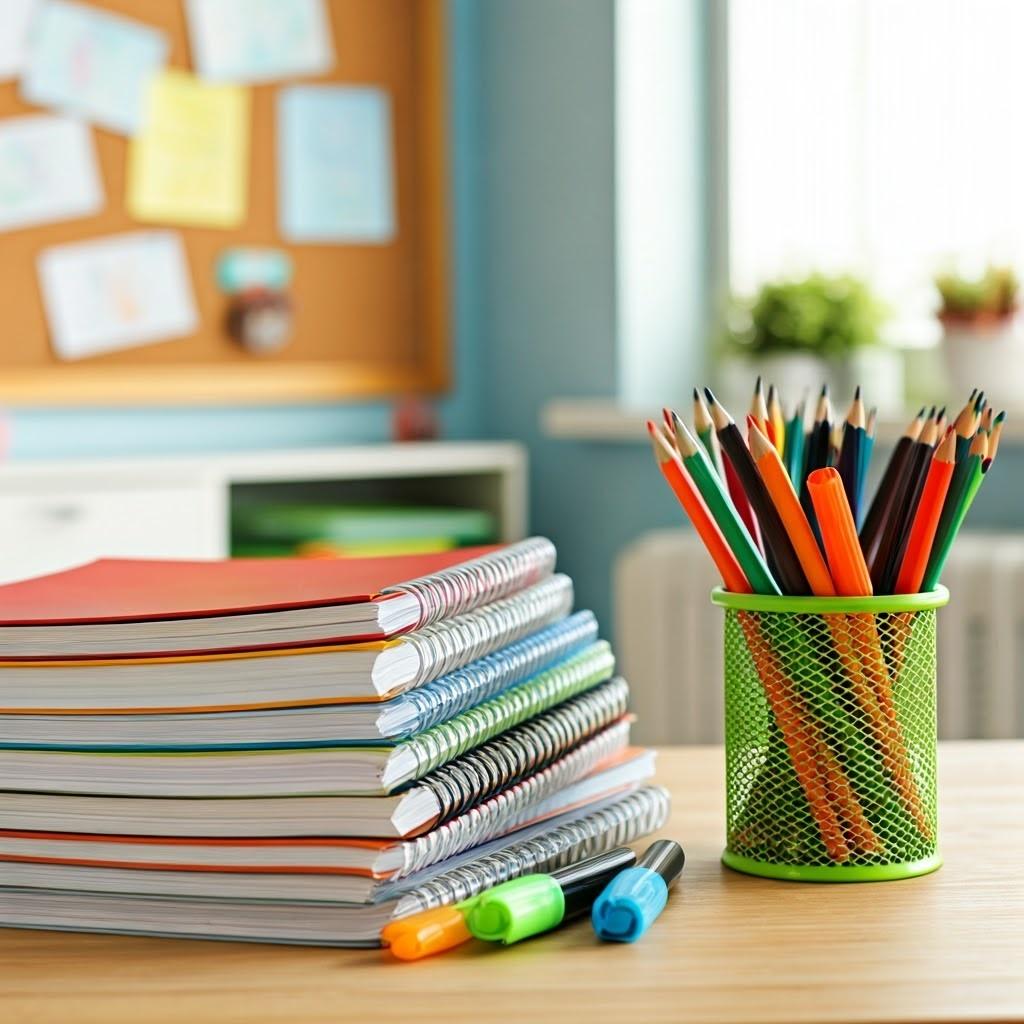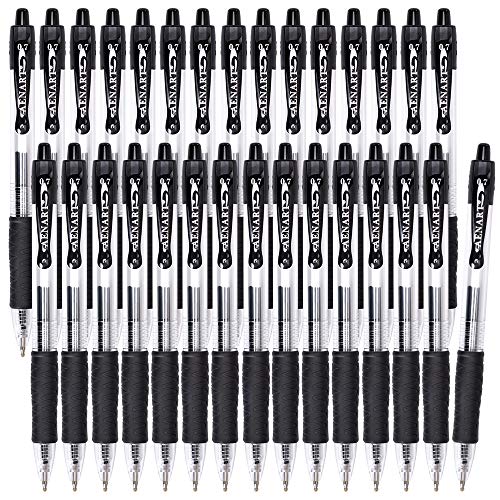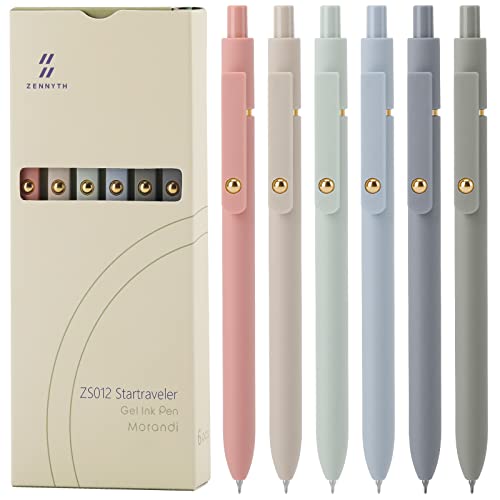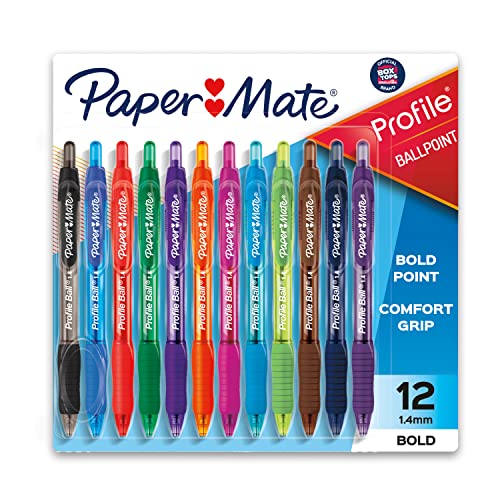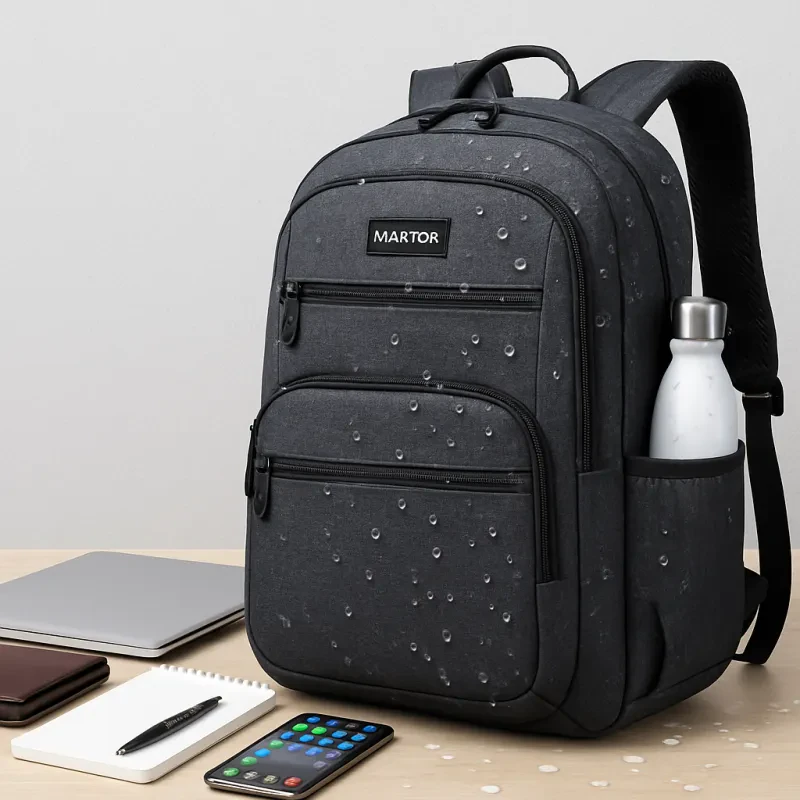School Supply Management
Managing school supplies is a critical aspect of ensuring an uninterrupted learning experience for students. As the academic year progresses, the demand for essential supplies often fluctuates, making it imperative for schools, teachers, and parents to stay vigilant in monitoring and replenishing these resources. Adequate access to school supplies—ranging from basic items like pencils and paper to more specialized tools—can profoundly influence the learning environment and enhance students' educational experiences.
Regular assessments of school supplies can prevent shortages that might disrupt educational activities. When supplies are well-managed, teachers can seamlessly conduct lessons without the added stress of running low on critical materials. This proactive approach not only supports the day-to-day operations of classrooms but also fosters an atmosphere where students can fully engage in their learning without the distractions caused by missing materials. Furthermore, by ensuring that all necessary supplies are readily available, educators can promote equal opportunities for all students, regardless of their background.
In addition to contributing to a structured learning environment, effective supply management encourages responsibility among students. When they witness their teachers actively participating in the organization and care of their learning materials, it instills a sense of accountability within them. This practice can extend beyond the classroom, guiding students to appreciate the importance of resource management in broader contexts. Therefore, school supply management is not merely an administrative task; it is an integral part of enriching the educational journey and contributing to overall student success.
Regularly Used Writing Supplies
Writing supplies play a crucial role in the academic success of students, making them essential items to replenish throughout the school year. Pencils, pens, and erasers are among the most frequently utilized writing tools in any educational environment. Their regular use often leads to quick depletion, necessitating a strategic approach to ensuring that students and teachers maintain an adequate supply.
In terms of pencils, students typically prefer mechanical or traditional wooden varieties for their flexibility and comfort during long writing sessions. A recommended quantity is to have at least ten pencils readily available for everyday use, considering that losing or misplacing them is common. Over time, the quality of the pencil may also decline, leading to the need for consistent replacement. The availability of sharpeners is equally important, as keeping pencils properly sharpened ensures optimal performance during use.
Pens, another vital component of writing supplies, come in various styles, such as ballpoint, gel, or fountain pens. Each type of pen serves unique preferences and writing styles. It is advisable to keep a mix of at least five pens in different colors to make note-taking more engaging and efficient. Having a stock of pens helps prevent interruptions during classes, ensuring that students can record information as needed.
Additionally, erasers should not be overlooked, as they are essential for maintaining clarity in written work. A supply of both pencil and pen erasers helps address mistakes promptly, fostering a worry-free learning environment. Ideally, having at least three to five erasers per student can minimize delays caused by correcting errors.
By maintaining a consistent supply of these essential writing materials, both students and teachers can foster an atmosphere conducive to effective learning. Adequate writing supplies contribute significantly to the overall educational experience, reducing frustration and enhancing productivity within the classroom.
Paper Products: Keeping Stock
Paper products are essential components of any school supply inventory, serving various purposes that cater to the educational needs of students and educators alike. The primary items in this category include notebooks, loose-leaf paper, and construction paper. Each paper type plays a significant role in a student's academic life, and understanding when and how to replenish these supplies can enhance the learning experience.
Notebooks are a staple for organizing notes and assignments. Depending on the grade level and curriculum, students may require multiple notebooks throughout the year. It is advisable to regularly assess the condition of notebooks, replacing them at mid-term or at the start of each new subject unit, especially if pages are full or covers are damaged. A mixture of spiral-bound and composition notebooks can cater to various writing preferences, although manufacturers also offer specialized notebooks, such as graph paper or scientific notebooks for specific subjects.
Loose-leaf paper is another vital supply that often requires replenishing. This product is particularly useful for students who prefer taking notes and organizing assignments in binders. Regularly checking the inventory of loose-leaf paper is recommended, with a suggested replenishing schedule of every quarter or after the completion of significant class projects. Opting for high-quality, thicker paper can enhance the writing experience and reduce ink bleed-through, ensuring that notes remain legible and neat.
Construction paper, while not used as frequently as notebooks and loose-leaf paper, is essential for various creative projects, including art and poster presentations. Schools may find that this supply depletes more quickly, particularly during project-heavy periods, so it is advisable to have a diverse range of colors readily available. Evaluating the needs of each classroom and stocking up accordingly can foster a vibrant and creative educational environment.
Art Supplies That Need Replacing
Art supplies are essential tools for fostering creativity and self-expression among students. Throughout the academic year, certain supplies demand regular replenishment to ensure that students can fully engage in artistic activities. Commonly used items such as markers, crayons, paints, and glue are prone to depletion and require periodic checks.
Markers, for instance, tend to dry out after extended use, decreasing their effectiveness in producing vibrant colors. The frequent use of different colors may lead students to favor specific shades, resulting in uneven stock levels. To avoid interruptions during art projects, it is advisable to conduct inventory checks every few weeks. By ensuring that a diverse array of markers is available, teachers can encourage creativity without limiting students' choices.
Similarly, crayons are an indispensable part of many students' art supply kits. Over time, crayons may become broken or worn down, hindering their usability. Regularly replacing broken crayons with new ones will not only enhance the quality of the students' artwork but also replace the frustration that accompanies using less effective tools. Ideally, classrooms should maintain a fresh stock of crayons in a rainbow of hues.
Paints, whether water-based or acrylic, are also vital in artistic endeavors. These supplies can dry out quickly and often require frequent monitoring. A good practice is to periodically check for unused paint containers and replace them as needed, ensuring that students always have access to the materials that inspire their creativity. Lastly, glue sticks and bottles are critical for various projects, and they can run out sooner than anticipated. Keeping a well-stocked supply of adhesives will facilitate a seamless creative process.
In conclusion, maintaining a full stock of art supplies promotes continuous artistic engagement in students. Regular inventory checks are essential to replace items such as markers, crayons, paints, and glue, facilitating an environment where creativity can thrive throughout the school year.
Organizational Tools: Binders, Folders, and More
Organizational tools play a vital role in a student's academic success by promoting efficient management of materials and information. Among the most essential items are binders, folders, and planners. These tools aid in keeping class notes, assignments, and resources organized, ultimately enhancing a student's productivity and focus. As the school year progresses, it becomes increasingly important for students to periodically replenish these supplies to maintain optimal organization.
Binders are particularly useful as they allow students to categorize their subjects, making it easier to locate specific notes and homework sheets. A well-organized binder contains dividers for each subject, ensuring that essential documents are at hand when needed. Replacing worn-out binders with fresh, durable options helps maintain structure and prevents the loss of vital schoolwork. Additionally, using binder sleeves can protect important papers and handouts, thereby prolonging their usability.
Folders also contribute to an organized academic environment, providing an accessible option to store loose papers, handouts, and assignments. Regularly replacing old, frayed folders can prevent the risk of losing important documents. Investing in high-quality folders with pockets or built-in fasteners allows students to keep their coursework neatly arranged and readily available for review.
Furthermore, planners or agendas serve as invaluable tools for time management. They enable students to track assignments, deadlines, and upcoming tests. By consistently updating and replenishing planners, students can prioritize their tasks more effectively. In turn, this practice can promote better study habits and enhance overall academic performance.
In conclusion, organizational tools such as binders, folders, and planners are indispensable for students aiming for success. Regularly replenishing these essential supplies will ensure a systematic approach to education, facilitating easy access to all necessary materials throughout the school year.
Technology Needs: Chargers and Cables
In the contemporary educational environment, technology supplies play a pivotal role in facilitating effective learning. As students increasingly rely on laptops, tablets, and smartphones for access to educational resources, ensuring they have adequate chargers and cables is essential. These items not only keep devices powered but also ensure that students are able to stay connected with online resources that enhance their learning experience.
Chargers are critical components for maintaining the functionality of devices throughout the school year. It is advisable for parents and educators to periodically check the condition of chargers to ensure they are working correctly. A malfunctioning charger can lead to disruptions in learning, especially when assignments or projects require timely submissions. Stocking spare chargers can serve as a smart backup plan, particularly in households where multiple devices are in use. As such, prioritizing the selection of durable and reliable chargers should be part of a school's or individual’s technology procurement strategy.
USB cables also contribute significantly to the seamless integration of technology in educational settings. Various devices utilize different types of USB connections, so it is imperative to have diverse cables on hand. For instance, a student may require a USB-C cable for a laptop and a Micro-USB for personal devices. Maintaining a well-organized collection of these cables not only prevents frustration but also guarantees that there are no interruptions during class or study sessions due to unforeseen technical issues.
Moreover, accessories such as headphones and earphones have become indispensable tools, especially for online learning and multimedia projects. Investing in high-quality audio devices can improve concentration and provide an immersive educational experience. Ultimately, consistent inventory checks and proactive replenishment of these technological necessities will foster an optimal learning environment.
Health and Safety Supplies
Maintaining a healthy and safe environment in schools is crucial, especially as students and staff are often in close contact with one another. One key aspect of promoting health in educational settings is the consistent availability of health and safety supplies. Items such as hand sanitizers, tissues, and face masks have become indispensable in the contemporary classroom, particularly during flu seasons or amidst health crises like the COVID-19 pandemic.
Hand sanitizers serve as an effective first line of defense against germs and bacteria. Schools should ensure that dispensers are placed in various locations throughout the premises, including near entrances, lunchrooms, and restrooms. Encouraging the habitual use of hand sanitizers among students can significantly reduce the spread of illnesses, thereby fostering a healthier school community. Moreover, the incorporation of educational programs related to personal hygiene can reinforce the importance of hand sanitation as part of daily routines.
Tissues are another essential component of health supplies in schools. Students frequently suffer from allergies or seasonal colds, and providing easy access to tissues can help manage these situations more effectively. It is important for educational institutions to stock classrooms and common areas with tissues to minimize the spread of respiratory infections. Teachers can also play a role in guiding students on the proper etiquette of sneezing and coughing into tissues to further promote hygiene.
Face masks emerged as vital safety tools during health emergencies and are recommended in various settings to prevent the transmission of contagious diseases. Schools should have a stockpile of masks readily available for students and staff who may need them, thus promoting their usage during heightened health alerts. By continually replenishing these critical health and safety supplies, schools can ensure a proactive approach to student health and a conducive learning environment.
Strategies for Efficient Supply Management
Managing school supplies effectively is essential for ensuring that both students and educators have the necessary tools for successful learning experiences. Implementing practical strategies can greatly enhance the efficiency of supply management throughout the academic year. One fundamental method is to monitor supply usage over time. Keeping a detailed inventory can help schools and parents understand which items are used frequently and which are seldom needed. By establishing a tracking system, such as a digital spreadsheet or specific software, one can record usage patterns and make data-driven decisions regarding future supply purchases.
Another effective strategy involves setting up reorder points for critical supplies. A reorder point is the inventory level at which new supplies should be ordered to avoid running out. This can be based on historical usage data, seasonal trends, and expected classroom activities. For example, teachers may notice that markers and paper are in high demand at the beginning of the school year but may taper off as projects become more specialized. By establishing clear reorder points, schools and parents can ensure that essential supplies are replenished timely, minimizing interruptions to the learning process.
Collaboration with educators is also a pivotal strategy in efficiently managing supplies. Teachers are often the most aware of the items that are necessary for their specific subjects and classes. Regular communication between parents and teachers about anticipated needs can lead to better planning for supply purchases. Utilizing surveys or meetings to gather input about upcoming projects helps in forecasting supply requirements. This proactive approach not only streamlines the supply management process but also fosters a collaborative environment that supports students’ learning experiences throughout the school year.
Conclusion: Creating a Prepared Learning Environment
Maintaining a well-equipped learning environment is crucial for students' academic success. Throughout the year, it is imperative to consistently replenish essential school supplies to facilitate uninterrupted learning experiences. Supplies like notebooks, pens, pencils, and art materials play a fundamental role in enhancing the educational journey of students. Regularly assessing and restocking these items can mitigate the stress of last-minute shopping and ensure that both educators and learners have the necessary tools at their disposal.
Establishing a supply strategy is a practical step that can save time and promote readiness. This involves creating an inventory list of essential items, prioritizing those that are commonly used and often depleted. By doing so, schools, teachers, and parents can anticipate needs before they arise, thereby fostering a proactive approach to ensuring that students have access to the materials they need. Engaging students in this process can also instill a sense of responsibility and awareness regarding their educational tools.
Additionally, being mindful of budget constraints is essential while replenishing school supplies throughout the year. Exploring bulk purchasing options or taking advantage of sales can help manage costs effectively. Many communities also offer resources, such as local charities or donation programs, aimed at supporting families in need by providing essential school supplies. These efforts can contribute significantly to creating a supportive educational environment for all students.
In conclusion, regularly replenishing school supplies is vital for maintaining a conducive learning environment, as it directly impacts students’ ability to participate fully in their education. Educators, parents, and students alike should collaboratively assess their supply strategies to ensure they remain prepared throughout the academic year.
